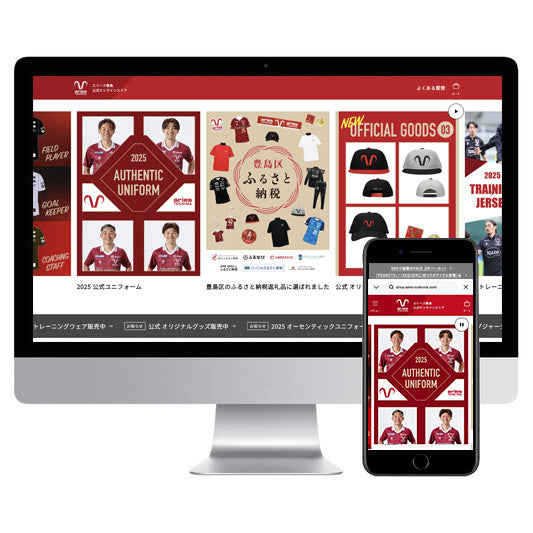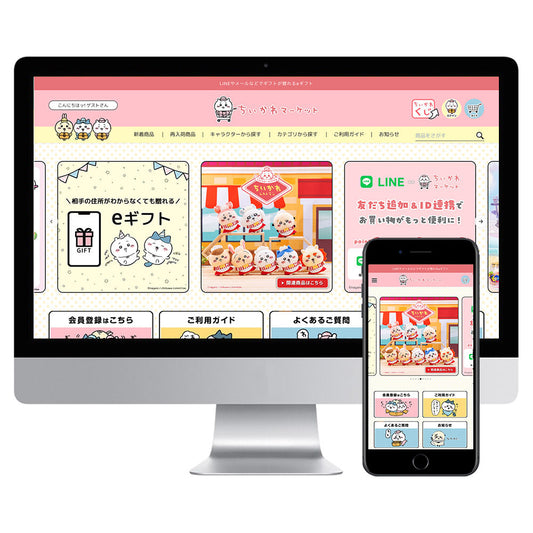Most people who run their own e-commerce sites, including Shopify, are probably using Google Analytics 4 (GA4). However, we often hear people say that they just introduced it but are not making the most of it. In this article, we will explain how to use Looker Studio to visualize data obtained by GA4 and how to automate reporting in order to make it easier to use.
【table of contents】
What is Looker Studio?
Looker Studio is a free BI tool provided by Google. There are other paid versions of Looker Studio, Looker Studio Pro and Looker, but Looker is a completely separate product.
Looker Studio was originally called Google Data Portal (and before that, Google Data Studio), but was renamed to "Looker Studio" after Google acquired Looker. The main purpose of this tool is to collect, analyze, and visualize data. Using Looker Studio, you can easily create dashboards and reports by taking information from various data sources. One of the reasons why people are not able to utilize GA4 is that they don't know where to look. By creating a dashboard, you can quickly access the items you need to check on a daily basis and use it to make data-driven decisions.
Integrate GA4 with Looker Studio
This explanation assumes that you are acquiring data using GA4. If you have not yet set up GA4, please refer to this article: How to set up GA4 (Google Analytics 4) on Shopify
Create an account
If you don't have an account yet, create one here.
Looker Studio (Redirects to the official Google website)
Once you're logged in to your Google account, click "Start free" in the top right-hand corner of the screen.

Connecting Data Sources
To create a new report, click "+ Create" at the top left of the screen or "Blank Template" at the far left of the template gallery. You can also create a report easily by selecting a template from the template gallery. This time, we will create a report from scratch.

On the next screen, select the data source you want to connect to. This time, select "Google Analytics" to connect to GA4 data. Once you select the property of the account you want to connect to, you will be taken to the editing screen.

As you can see on this screen, it is possible to connect many other data sources besides GA4. You can also integrate and visualize different data sources, so it is a good idea to check what data you can connect to.
Drawing a graph
Once you move to the editing screen, select the part you want to install from Insert or Add Graph in the top menu. This time, we will select a time series graph, which is often used in reports. When selected, the graph will be drawn using the values in the data source. If the intended data is not displayed, select the desired data (indicator) in the settings field on the right.

Let's select revenue, which is often used on e-commerce sites. When you search for revenue, several metrics will appear. Select the metric you want.

Calculating in Looker Studio
Some data, such as conversion rates, are not directly provided by GA4. If you want to use such values as indicators, you can calculate them within Looker Studio.

Select an indicator from the menu on the right and select "Add Field" at the bottom of the window. Another window will open, so set the name and data type, and set the calculation command for the desired indicator in the formula area.
In this example, we are calculating conversion rate per user.
Adding filters and other controls
There may be cases where you want to exclude some data or display only a specific period of time. By adding any function from the control, you can limit the data displayed according to your purpose.
For example, when it comes to data on the number of visitors to an e-commerce site, if you want to know the number of visitors from organic searches, you can filter the medium to organic only.

Sharing and Auto-Distribution Settings
Once you have created a report, share it with the relevant parties. You can also set up automatic distribution to have the report sent out at regular intervals by email.
Sharing Settings
To share, click Share in the top right corner of the screen and select "Invite other users."
Specify the user (or group) and select the permissions (edit, view).

Setting up automatic delivery
If you set up automatic distribution, you can send reports periodically at specified times.
To set up your delivery, select "Schedule Delivery" under "Invite Other Users" as mentioned above. Set ① the delivery destination (email address), ② the page to deliver to, ③ the date and time and recurrence, and save.

summary
This time, we explained how to link GA4 data to Looker Studio and create a dashboard. You can create original dashboards by connecting various data other than GA4, so try using a dashboard tailored to your business to share information within the company and make decisions. If you have any questions about creating a dashboard, please contact us using the contact form.





